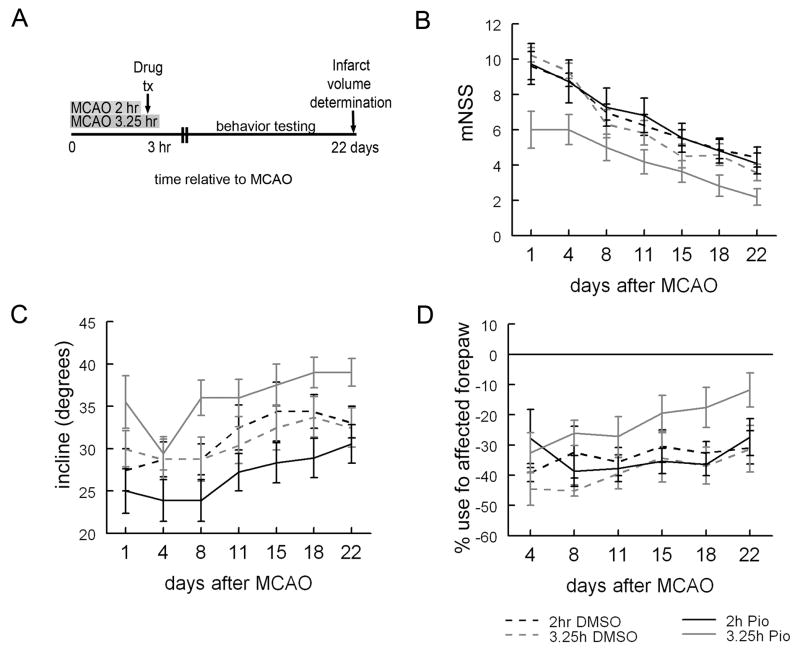Figure 5. Pioglitazone improves neurologic behavior when given before reperfusion.
Rats were trained on all functional tasks for at least three days prior to MCAO. On day 0 they underwent MCAO and were injected with DMSO or pioglitazone (1mg/kg) dissolved in DMSO 3 hours after MCAO. Rats were reperfused either 2 hours after MCAO/one hour before drug treatment or 3.25 hr after MCAO/15 minutes after drug treatment. All animals had functional testing twice weekly for 3 weeks (A). After 3 weeks, animals treated with either DMSO (2hr or 3.25hr DMSO) or pioglitazone after reperfusion (2hr pio) has similar mNSS (B), ability to tolerate an incline without falling (C) and use of the affected right forepaw (D). Three weeks after MCAO, rats treated with pioglitazone before reperfusion (3.25hr pio) had improved neurologic performance as evidenced by a lower average mNSS (B) and improved use of the affected right forepaw (D) relative to rats treated with DMSO (2 or 3.25hr DMSO) or pioglitazone after reperfusion (2hr pio). In addition, rats treated with pioglitazone before reperfusion (3.25hr pio) were able to tolerate a higher incline without falling relative to rats treated with DMSO before reperfusion (2hr DMSO) and rats treated with pioglitazone before reperfusion (2hr pio; p<0.05; Mann-Whitney U; C). Additionally, there was a trend towards improved ability to tolerate a higher degree of incline relative to rats treated with DMSO after reperfusion [3.25hr DMSO; p=0.056; Mann-Whitney U; n=11 (2hr DMSO); n=11 2hr pio; n=12 3.25hr DMSO; n=11 3.25hr pio)]. Bars represent S.E.M.

